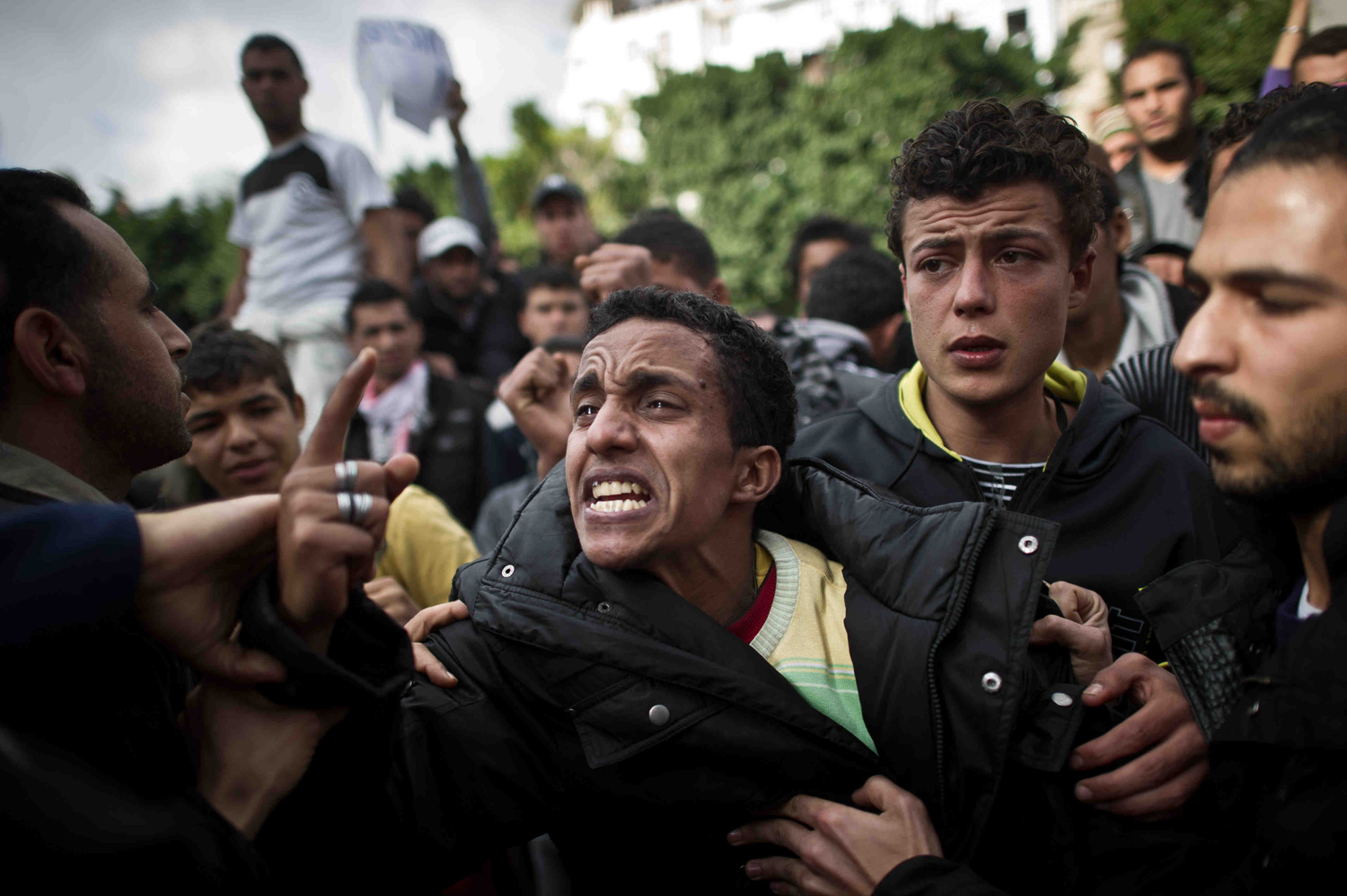
Rémi Ochlik, an award-winning French photojournalist, was just 29 when he died on Feb. 22, when government forces shelled a building where a growing number of foreign journalists were covering the battle in Homs, Syria. Ochlik died alongside Marie Colvin, an American who was one of Britain’s most honored combat reporters. Two other journalists were reportedly wounded in the barrage.
For Ochlik the horror in Syria came as he was just beginning his career. He was with his friend Lucas Dolega, a French photographer, on the streets of Tunis during the revolution there in January 2011 when Dolega was hit and killed by a police teargas canister. “We had come to work, so I kept on working,” he said in a recent interview, after being honored for his Arab Spring photos. “As a little boy I always wanted to become an archeologist, for the travels, the adventures,” he continued. That changed when his grandfather gave him his first camera.

In 2004, Ochlik traveled to Haiti and photographed the fall of President Jean-Bertrand Aristide, winning the Francois Chalais Award for Young Reporters. He started his own agency, IP3 press, which specialized in combat photography, he covered the conflict in the Democratic Republic of Congo in 2008 and he returned to Haiti for a cholera epidemic in 2010. In 2011, Ochlik covered the Arab Spring in Tunisia, Egypt and Libya; his work in Libya won him first prize in the General News category of the World Press Photo contest. One of the World Press judges said that his submission told a complete story.
“The idea was not to focus on just one part of the story,” Ochlik told the British Journal of Photography. “Because when you look at what happened, this war was divided in several parts—in Benghazi, in Misrata—and in what I’ve covered, I’ve tried to tell a story.”
Ochlik’s own story took him to Syria merely a week before he was killed. His and Colvin’s deaths came the same week that Anthony Shadid, a renowned foreign correspondent, died of an apparent asthma attack while sneaking out of the country where he had been reporting. Despite his young age, Ochlik understood the risks in his chosen profession. In describing his work in Haiti when he was only 20 years old, he said, “I could sense the danger, but it was where I always dreamt to be, in the action.” His being there allowed the world to witness horrifying atrocities, but it ended the life of a gifted storyteller when his own adventure had barely begun.


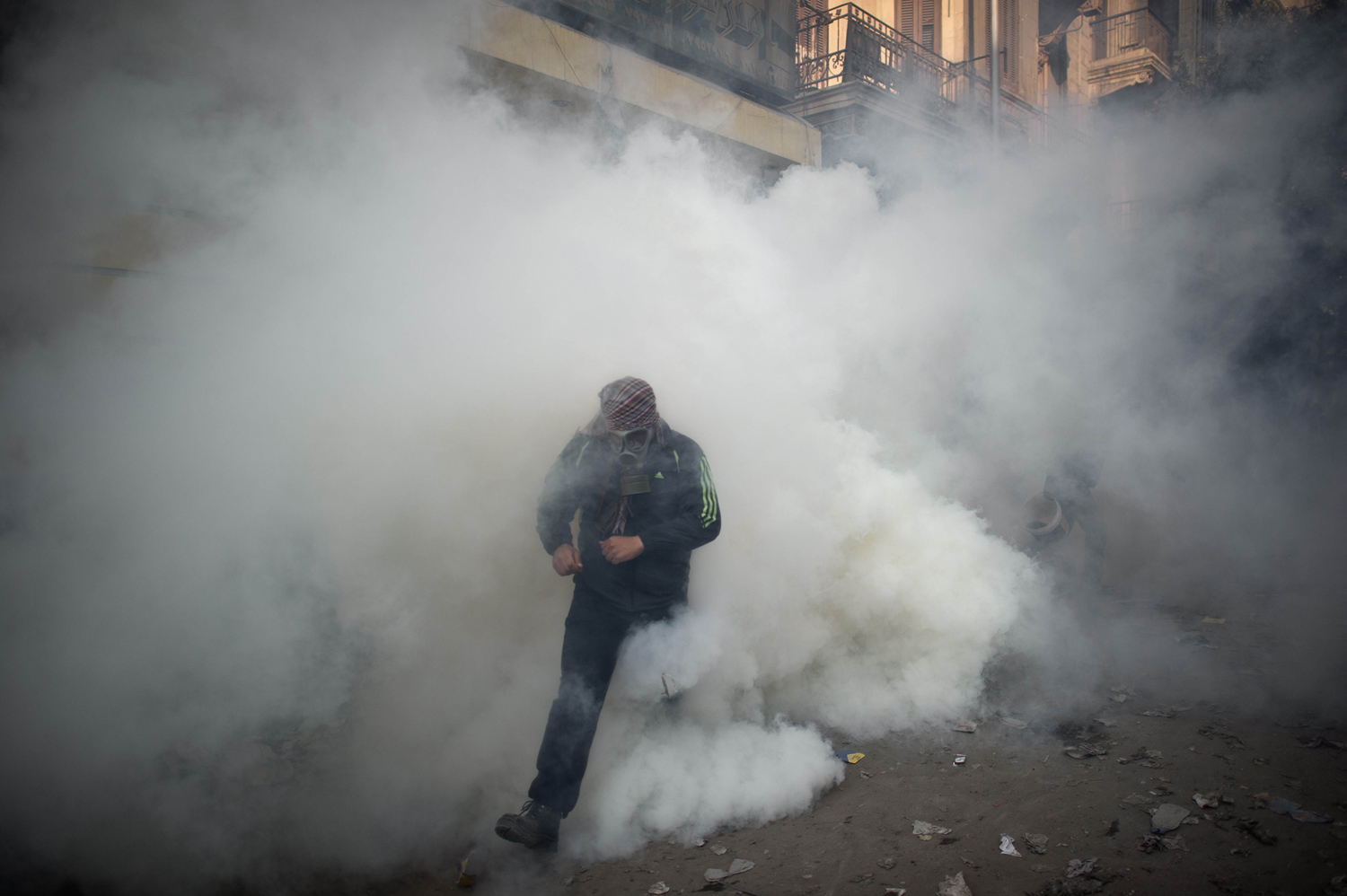
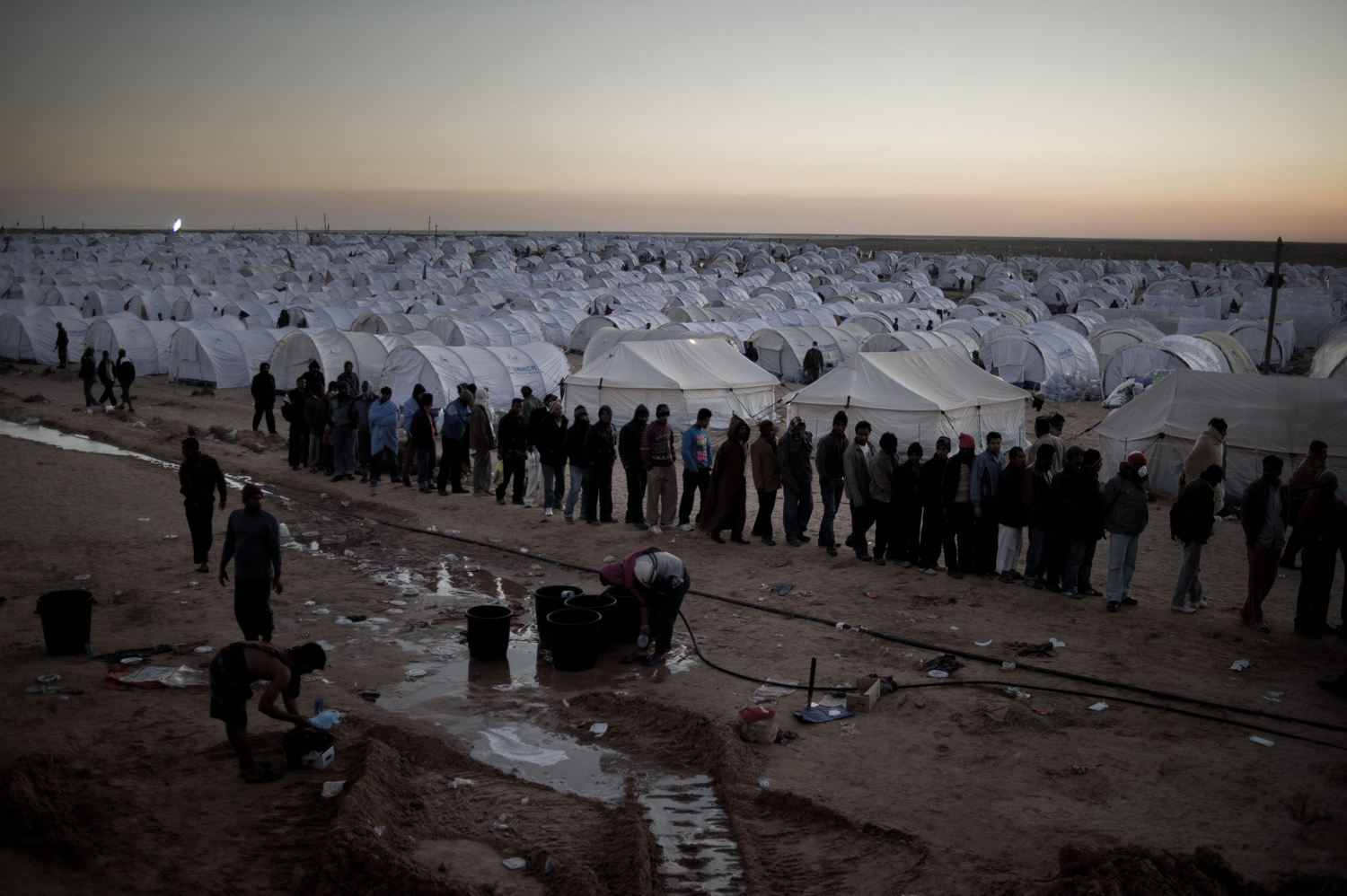
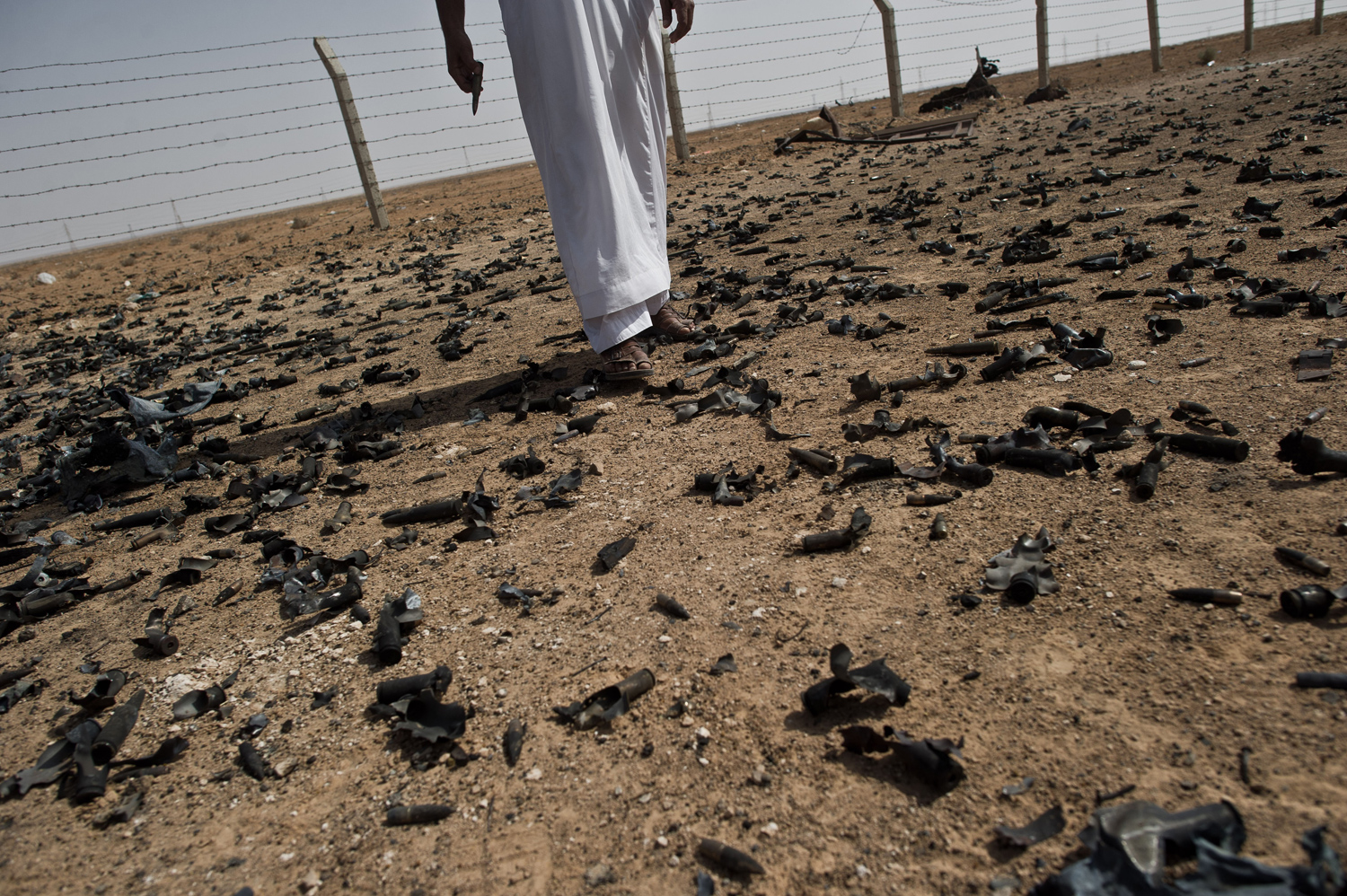




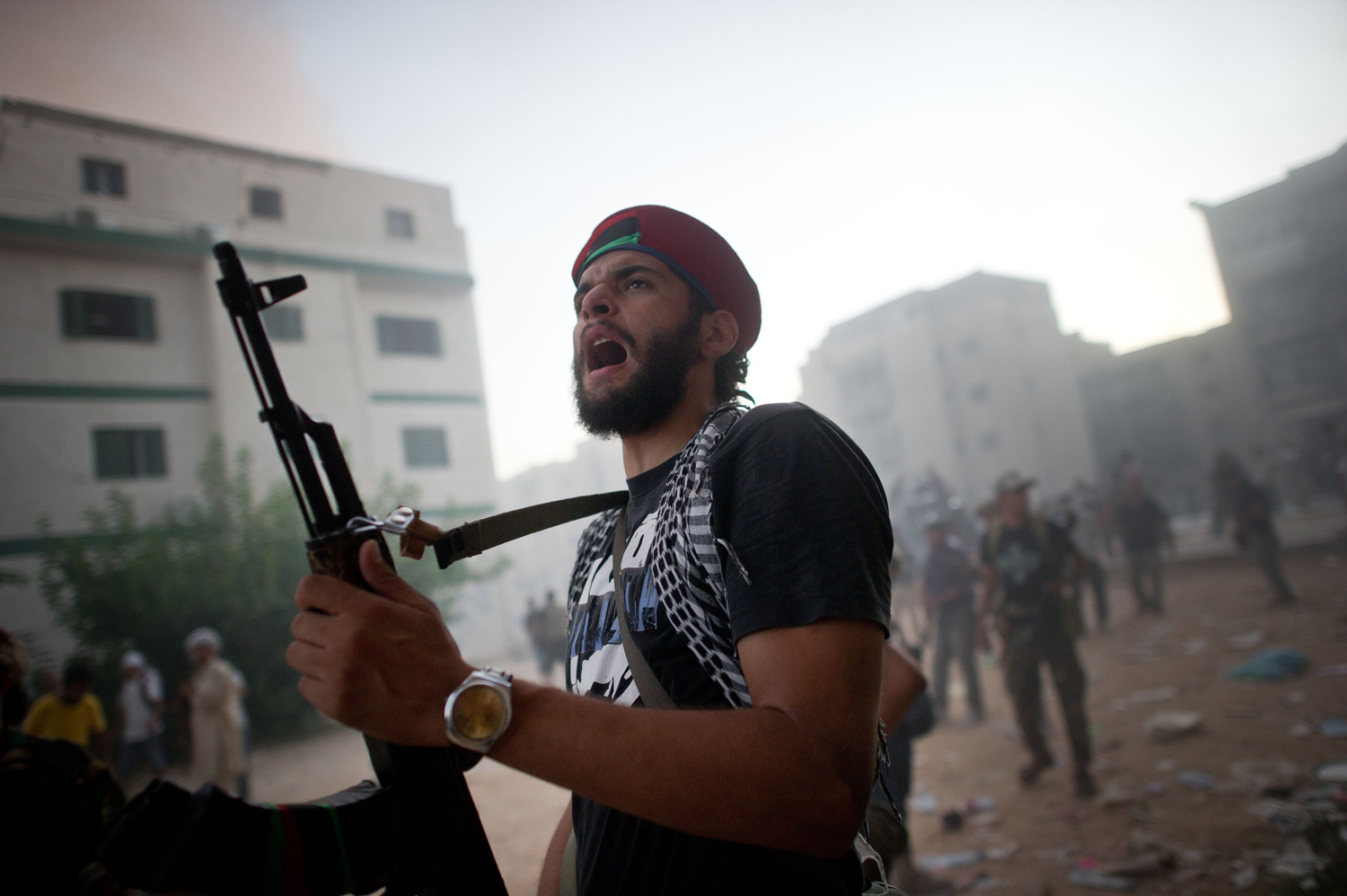
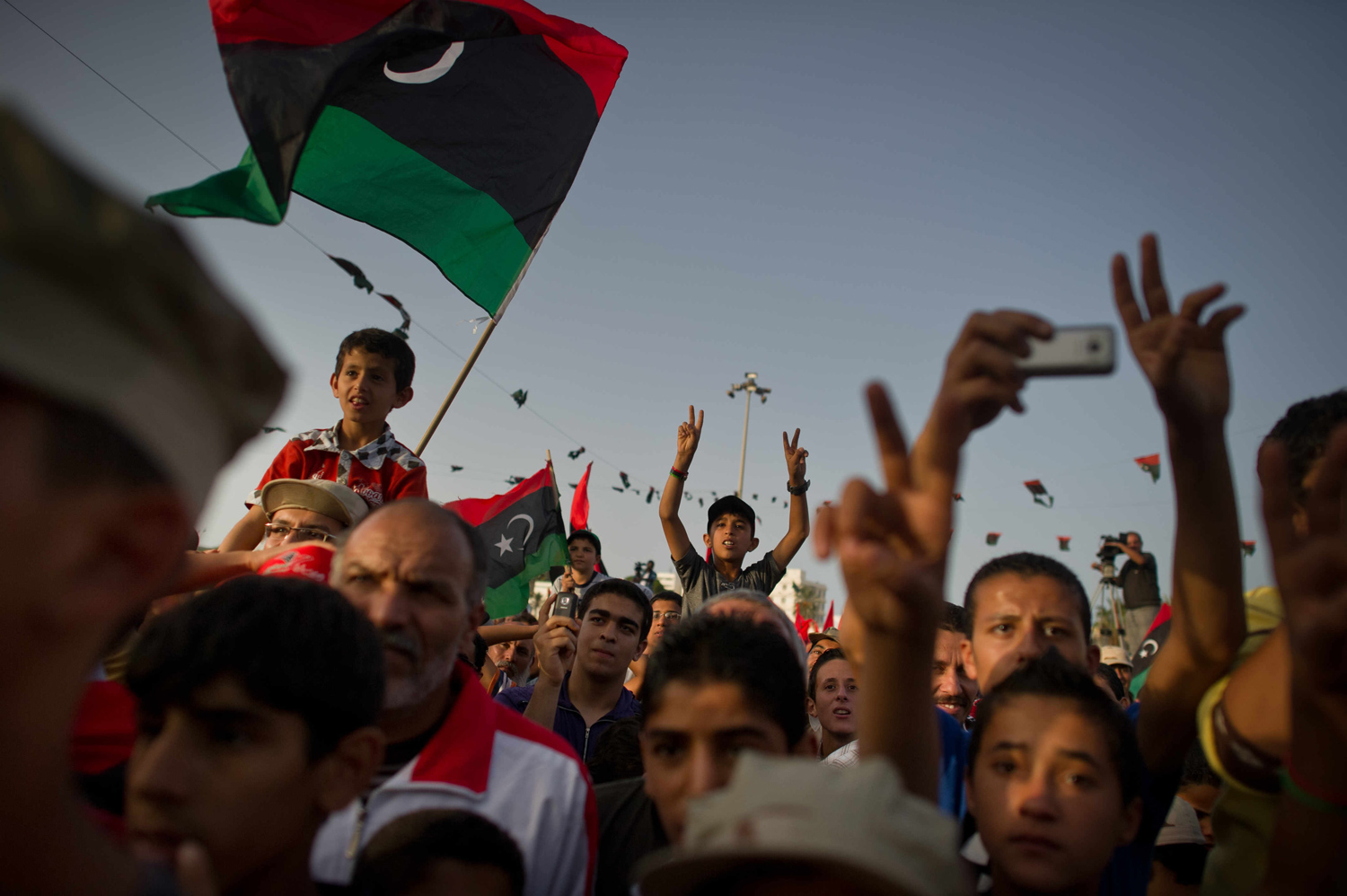
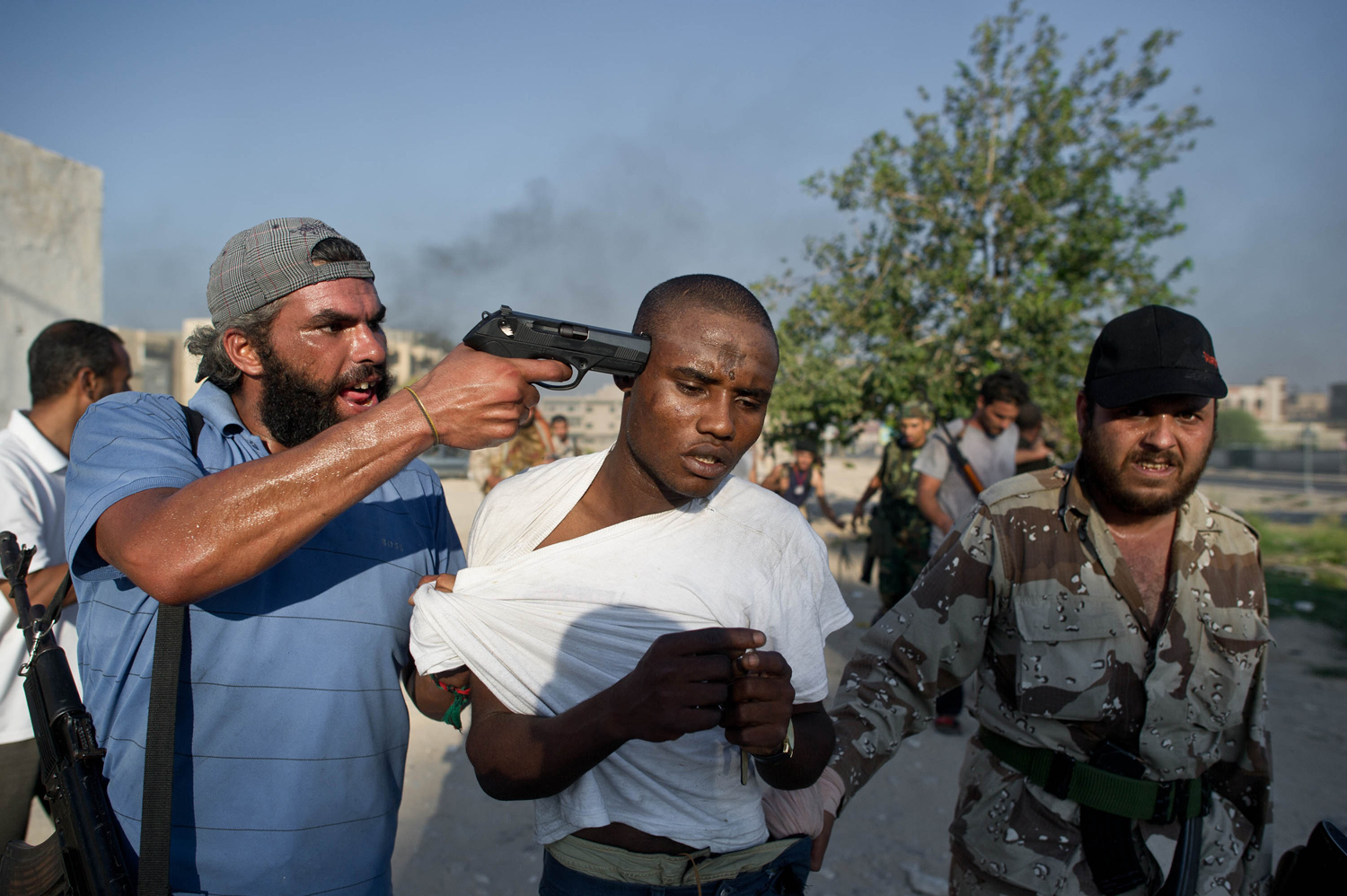
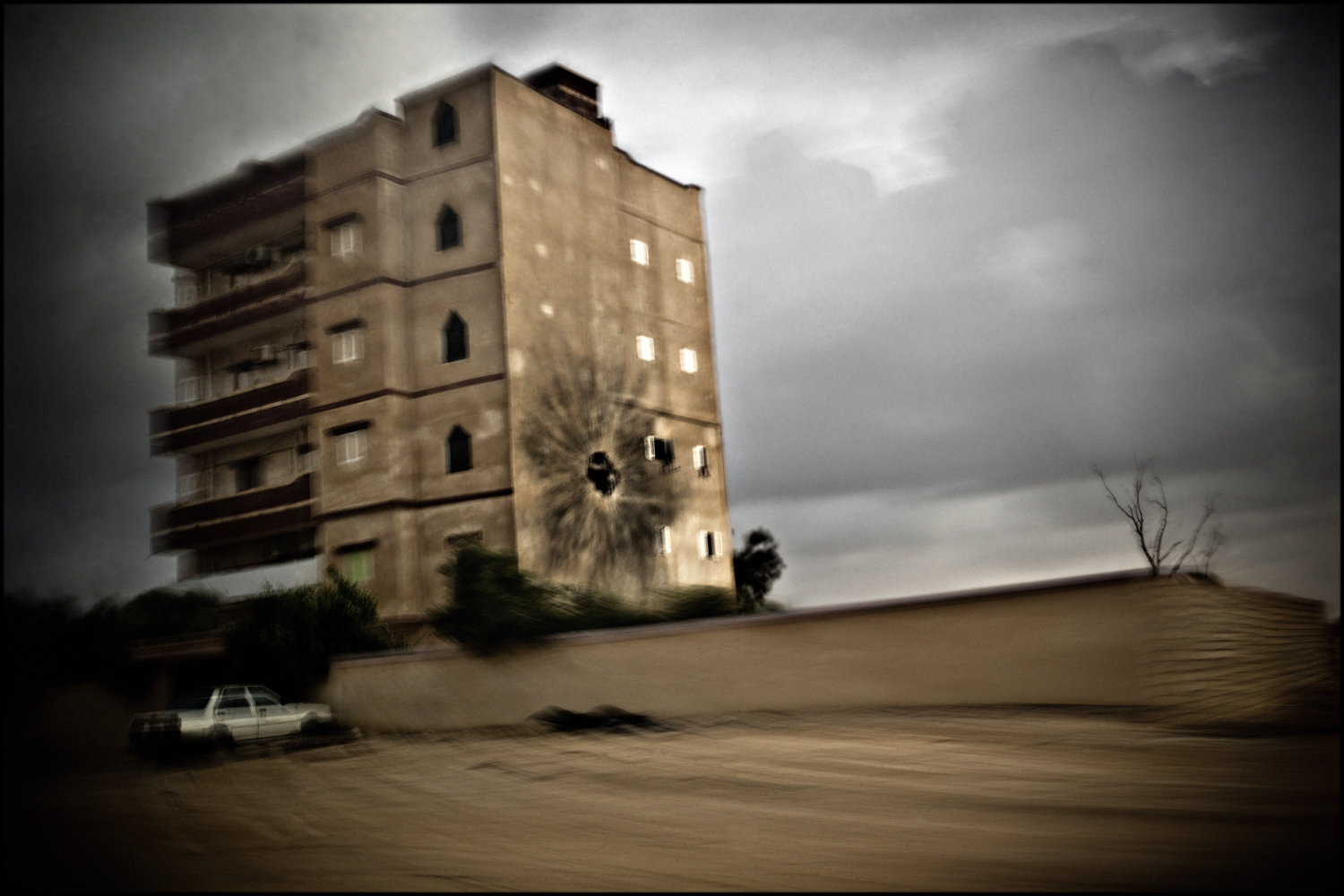
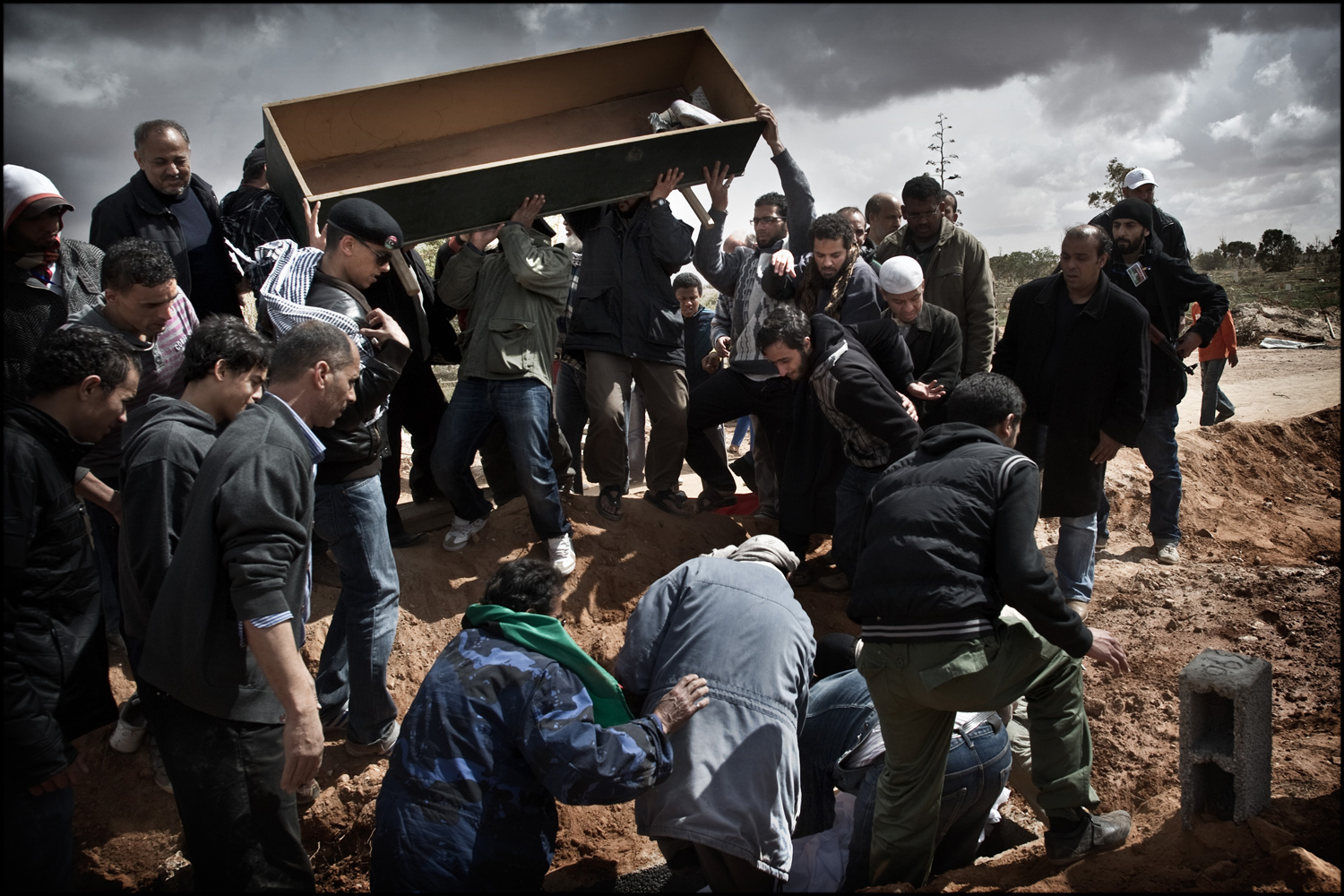




More Must-Reads From TIME
- The 100 Most Influential People of 2024
- The Revolution of Yulia Navalnaya
- 6 Compliments That Land Every Time
- What's the Deal With the Bitcoin Halving?
- If You're Dating Right Now , You're Brave: Column
- The AI That Could Heal a Divided Internet
- Fallout Is a Brilliant Model for the Future of Video Game Adaptations
- Want Weekly Recs on What to Watch, Read, and More? Sign Up for Worth Your Time
Contact us at letters@time.com